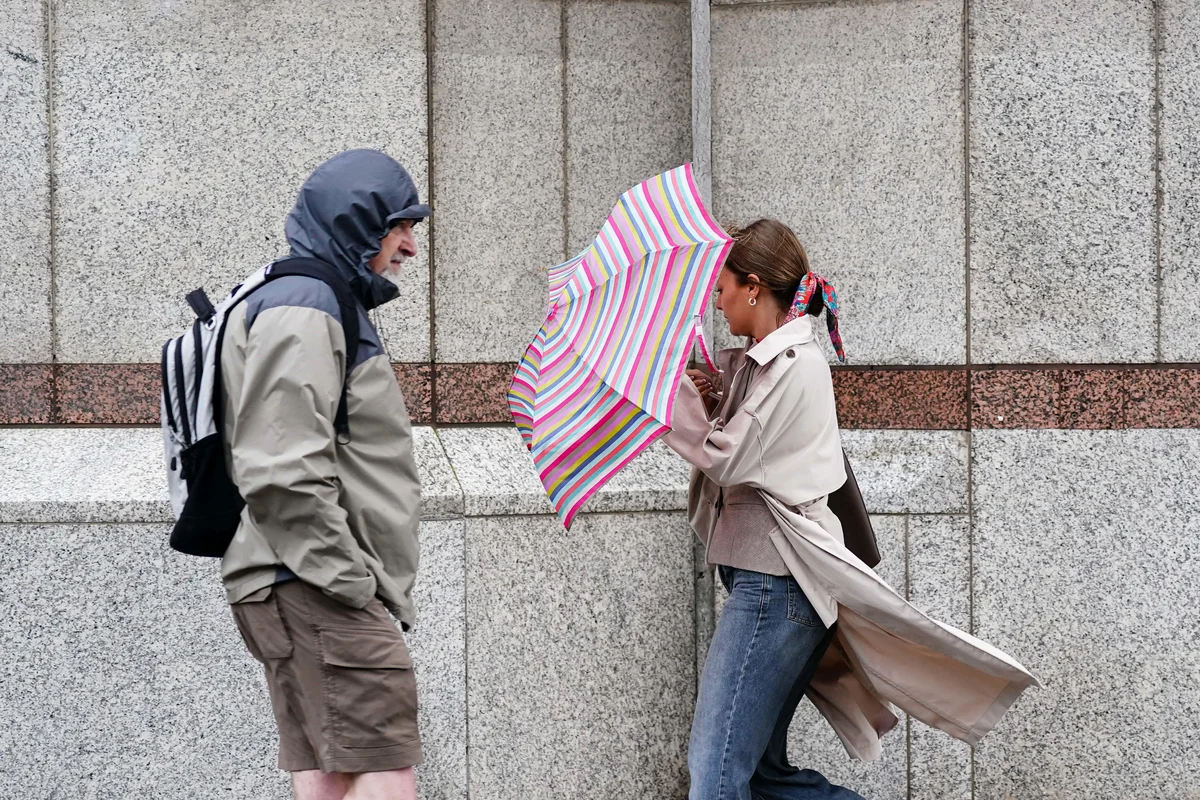By News18,Yashee Jha
Copyright news18

Spaces and places are two very different concepts—not mutually exclusive from each other, yet reinforce one another via constant renegotiations. For instance, the space of a house is transformed into a place called “home” when it is imbued with personal items, and the warmth of the relations between the people who dwell in it.
Both spaces and places are mechanisms which uphold social structures, where phenomena and their meanings are produced, maintained, altered and reproduced. In a similar vein, the spatial capacity of a city is what facilitates the social and gendered performances in our daily lives. A space, when imbued with sex-differentiated dos, don’ts, shoulds and shouldn’ts, become gender-specific barriers.
While the word “city” carries a neutral tone in English, its Hindi counterpart “Sheher” is semantically male—which is a subtle reflection of the spatial male dominance prevalent in our metropolises. For women, public spaces are merely transitways that connect one destination to another—liminal crevices that exist “in-between” male consumption spaces. While men can casually sit on stairways, corners or “addas” and chat, smoke, drink and lounge around freely, women invariably always need to manufacture legitimate reasons for being in a public space. In this manner, women are subjected to spatial subordination in indirect ways.
The movements of empowered Indian women are only semi-flexible at best. While they can commute to and from work and work towards financial independence, they are limited and reduced to transient entities, who occupy these spaces due to a need, and not a want. This essentially redraws already existing boundaries and restrictions placed on women, rather than eliminating them. Women have to maintain the delicate balance between embracing the global and modern environment of workplaces, as well as the traditional responsibility of being the fulcrum of their households.
A common trend that can be observed is that women are usually given peripheral roles even at the workplace; ones that correspond to their household management skills and emotional labour. They are often employed in “soft skill departments” such as HR management or customer service. In this manner, the expectations of docile and well-mannered behaviour that is imposed on women within the private premises of households, trickles into the public occupational spheres as well. Does this not suggest then, that men occupy places, while women occupy spaces? Furthermore, it is also paramount to shed light upon the role-based nature of how spaces and places operate in tandem with one another. Offices are seen as “secondary spaces” where women work, in sharp contrast to how the confines of the four walls at home are invariably viewed as the “primary place” where women ought to direct their energy towards.
Timescapes prove to be yet another intangible shackle that binds women. In addition to shouldering domestic as well as professional responsibilities, their safety is somehow decided by the timescapes that they choose to exist within. Female safety, security, mobility and freedom are constrained by the gates of dusk and dawn that are open for a specific timeframe, while the vast expanse of nightscapes beyond these gates belong to male dominance and omnipotence.
Paradoxically enough, women are accommodated and welcomed into “places” as commodities, but are estranged from those very places, when they attempt to become consumers of the same services. An example of this are discotheques, or bars, where they are desired as objects of consumption, yet are sneered at when they attempt to consume the very same services as their male counterparts. This further blurs the line between modernity and traditional. Where does one end and the other start?
On the other end of the spectrum, departmental stores or grocery shops become “places” that are inherently female and safe; reinforcing the purpose-based outings of women. Departmental stores are an example of spaces where the public and private co-exist—public owing to their spatial location outside the house, and private, due to the fact that they are seeming extensions of a house. Departmental stores or even malls for that matter, reflect a space occupied by dutiful housemakers and the modern women in a socially acceptable way, by combining leisure with gender role expectations.
There are also instances of when one’s own home is selectively and temporarily transformed into a semi-private space too. When relatives or friends come over to visit, the space of the living room ceases to be just private—it becomes a place where house owners mingle with outsiders. While inside the premises of our own homes, we dress ourselves as though we are in a public space, and maintain a sense of modesty and appropriateness. The living room selectively becomes an extension of a public or outside space, while the rest of the house remains private.
The ebb and flow of public versus private and space versus place is fluid and ever changing based on context, gender and social constructs of honour and appropriateness. However, it is still crucial to acknowledge that within the macro social structure, there are still gender-differentiated norms that guide our actions.
Yashee Jha, a multi-faceted student, is an avid commentator on various topical issues. Views expressed are personal and do not necessarily reflect News18’s editorial stance.



